Latest POSTS
Once you’ve mastered the basics of raising livestock for beginners with smaller animals like ducks, chickens and goats, alpacas and llamas can be a great intermediate step for those who have a bit more space available.
The elevated structure reduces strain on the gardener’s back and keeps pesky weeds at bay. Additionally, raised beds provide superior drainage, preventing root rot and other moisture-related issues.
Imagine the satisfaction of knowing the lineage of your tomato patch; that each vigorous vine is a product of seeds diligently saved and sown, year after year. This is the power of organic heirloom seed saving!
When combined with greenhouse environments, hydroponics allows for year-round production, controlled conditions, and efficient water usage. Leafy greens, herbs, and certain fruiting plants offer promising results.
Medicinal herb gardening is a fulfilling journey that connects you to nature’s wisdom. From sowing seeds to crafting remedies, every step empowers your homestead and enriches your health.
Wholesome gifts from the heart of the homestead celebrate health, sustainability, and the joy of homegrown abundance. Share a touch of nature’s bounty with loved ones this holiday season!
DIY rustic decor isn’t just for countryside homes; it’s a versatile style that fits seamlessly into apartments, suburban houses, and even city lofts. These tips will help unleash the interior designer within you!
Incorporating these organic pickled delights into daily meals not only enhances culinary experiences but also continues the tradition of preserving the harvest for future enjoyment.
Choosing organic fruits isn’t just about avoiding pesticides; it’s about unlocking the fullest potential of flavor. Organic produce is fresher and more nutrient-dense; and when it comes to making jams, this means better-tasting preserves.
Building your own aquaponics setup can be a fun DIY project. However, pre-made kits are great for beginners. Consider your skill level, budget, and time commitment.


